The 1920s saw a turning point in men's fashion. The Roaring Twenties were not only about flappers and jazz. Following World War I, the air looked ripe for innovation.
Gone were the days of solemn, buttoned-up outfits. Men swept away the dust of convention, choosing garments gleaming with vibrant colors and dashing patterns.
1920s Men’s Fashion: The Social Fabric
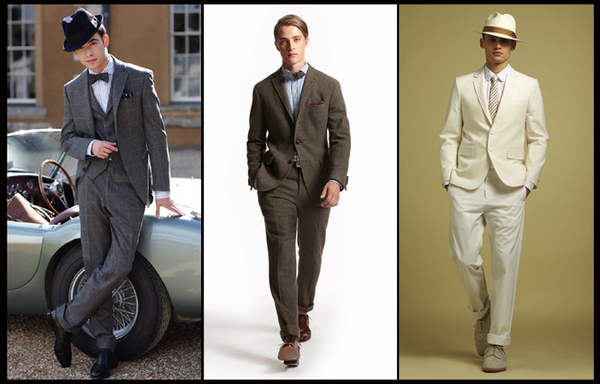
What people wore in the 1920s showed what was going on in the world.
The seismic shift in 1920s men's dress was not purely aesthetic. It represented societal progress. A thriving economy, spurred by industry, brought tailoring to the average man's doorstep.
No longer the sole province of the wealthy, fashionable suits adorned the shoulders of people from all walks of life. The democratization of fashion had begun.
Before social media, department store catalogs served as influencers. Widely distributed, these catalogs provided the rustic man with a passport to cosmopolitan flair. The roots of individualism in fashion were therefore planted in the very fabric of America's heartland.
Formalwear: 1920s Men’s Suits
In the 1920s, men embraced young sophistication, dressing in perfectly fitted suits reminiscent of F. Scott Fitzgerald's characters. The decade highlighted sartorial creativity, appealing to both traditionalists and avant-garde enthusiasts.
A Tapestry of Colors and Shapes
A 1920s catalog from The Wm H. Block Company in Indianapolis, Indiana, showcases Hart, Schaffner, and Marx Clothing Company menswear in a variety of colors and shapes.
Men used a bright spectrum of colors and shapes to show their style. Softer tones, such as ivory, pastel blue, mustard yellow, and olive green, were used to complement classic colors like navy, brown, and gray. Seasonal changes affected these choices, with lighter colors in the summer and darker ones in the winter.
Jackets made from fine wool tweed and heavy wool materials had natural shoulders, large lapels, and flap pockets. These fitted masterpieces were cinched at the waist and had perfect button placement, typically three or four on single- or double-breasted jackets, with notch lapels as a distinguishing characteristic.
Read Also : What to Wear to a Celebration of Life
The three-piece suit
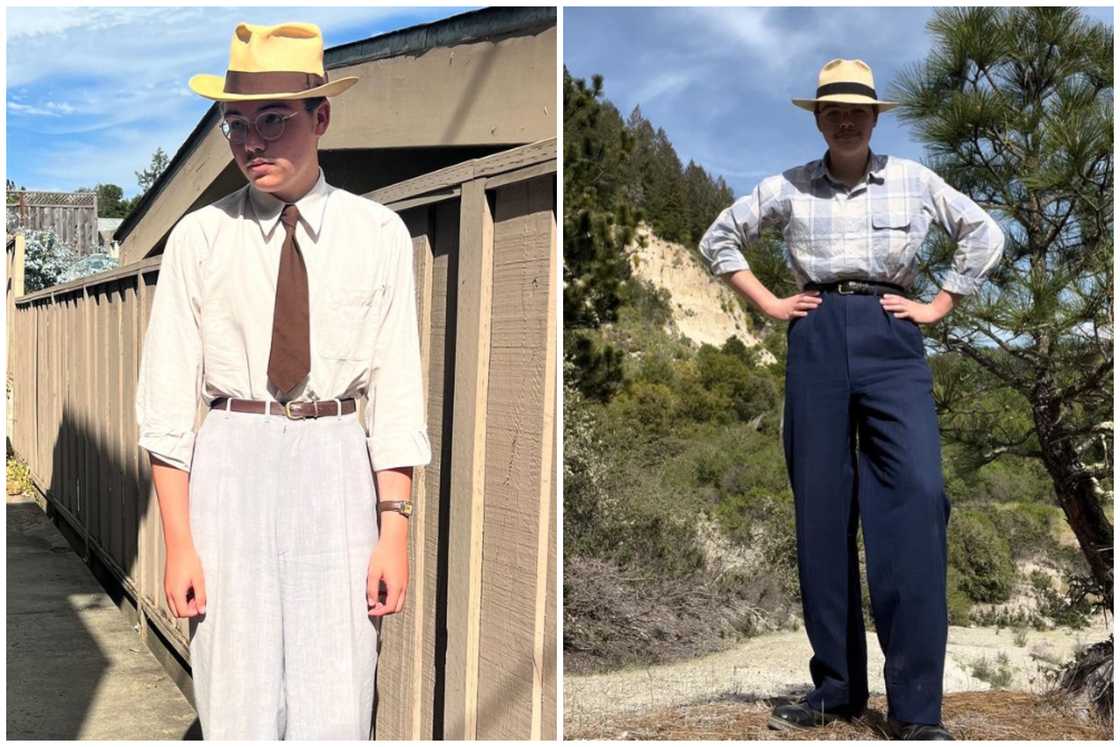
Ford Sterling, an actor, wears a three-piece suit, which was popular in 1920s men's fashion. The three-piece suit, replete with a high V-neck waistcoat or sweater vest, was a wardrobe staple for the trendy guy. The multicolored sweater vest quickly became a golf course standard, and the style continues to this day.
The Pinstriped Suit and Accessories
Actor Kenneth Harlan wears a fashionable vest with a pinstripe suit, striped shirt, collar pin, and flat cap.
Pinstriped suits, white shirts, and striped neckties resulted in crisp, go-to looks. Cropped suits, wide-leg pants, fedoras, and spats rounded out the outfit.
The Somber Elegance of Black
Black suits were traditionally reserved for somber occasions, particularly funeral attire, as a cultural symbol of mourning and respect. Wearing black elsewhere was inappropriate. Men preferred nuanced colors like navy blue and charcoal gray for everyday clothing, separating themselves from the weight of black.
Shirt Trends
George Beban, who stars alongside Helen Jerome Eddy in the 1921 film One Man in a Million, wears a striped shirt with a diagonally striped tie and a ribbed cardigan sweater.
In a departure from the norm, the dress shirt chose vivacity over sobriety. Stripes were popular as men blended vertical lines with solid colors to add flair to their everyday clothes. The color palette was anything but monotone, with bold pops of pink and yellow.
Collars came in a variety of styles, including round, free, and pointed. The cultural impact of The Great Gatsby even imparted dignity to the mandarin shirt, making it a popular option at the time.
Read Also : How To Dress Well: Tips All Men Should Learn
Pants and trousers
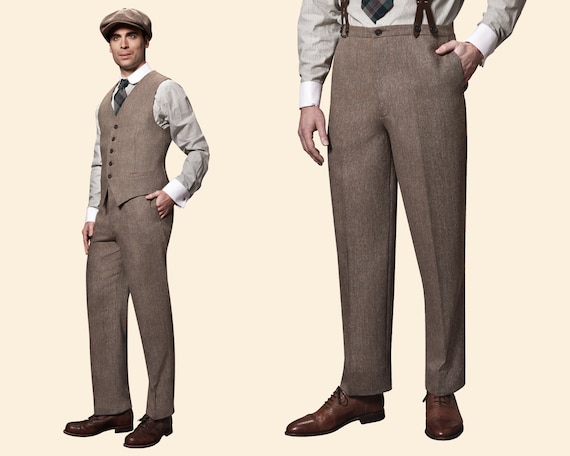
Traditional trousers were more than just a bottom half; they were a style statement. Cuffs and twin pleats at the waist defined the silhouette, and a crisply ironed front leg crease completed the look. These trousers were trimmed to bare the ankle, revealing high-worn socks in solid or argyle designs held in place with sock garters.
These high-waisted trousers were designed to be tightened with either a belt or suspenders. As the decade progressed, pant legs widened from a narrow to a more generous width, indicating a larger movement in men's fashion and comfort preferences.
Suit Accessories: Ties, Pocket Squares, and More
A photograph is supposed to depict Fred Piper, whose father was a Steam Circus proprietor. He is wearing classic 1920s accessories such as a geometric pattern tie, collar pin, fedora, and pocket square.
Bow-ties and neckties were more than just punctuation; they were statements. With a repertoire ranging from solid colors to stripes and even polka dots, these slender, often shorter ties added a pop of color to the era's vibrant shirts.
Beyond standard ties, silk scarves became the avant-garde alternative for neck ornamentation, adding a touch of bohemian chic. In this energetic era, gloves and pocket squares arose as minor but significant elements that defined a unique style.
Far from today's drab palette, men in the 1920s preferred vivid reds, which were balanced by the relaxing solemnity of dark greens and light browns. The minor accents of collar pins and cufflinks elevated these clothes, transforming them into tailored expressions of personality.
1920s Casual Attire
Sweaters

Sweaters originated as a fashionable and utilitarian choice among the vibrant tapestries of 1920s men's fashion. The silhouettes leaned toward V-neck pullovers and cardigans, with some even trying buttonless, free-form designs with large shawl collars. Far from being muted, this clothing frequently featured daring patterns in bright reds, blues, and yellows.
These sweaters, made of wool or cotton, are worn with dress shirts, pants, and suspenders to coplete the ensemble. What was the result? An ensemble that seamlessly spanned occasions, with loafers adding the ultimate trendy accent.
Shirts
Men's shirts of the 1920s were designed to be comfortable and useful, with soft cotton or linen fabrics in simple hues like white, blue, brown, or gray. Collars varied, with straight-pointed and soft lapel types that could be opened at the neck and fixed with collar pins for a professional appearance.
These shirts were adaptable mainstays that straddled the line between traditional and contemporary, with adjustable sleeve lengths that worked for both casual and formal settings.
The Country Jacket
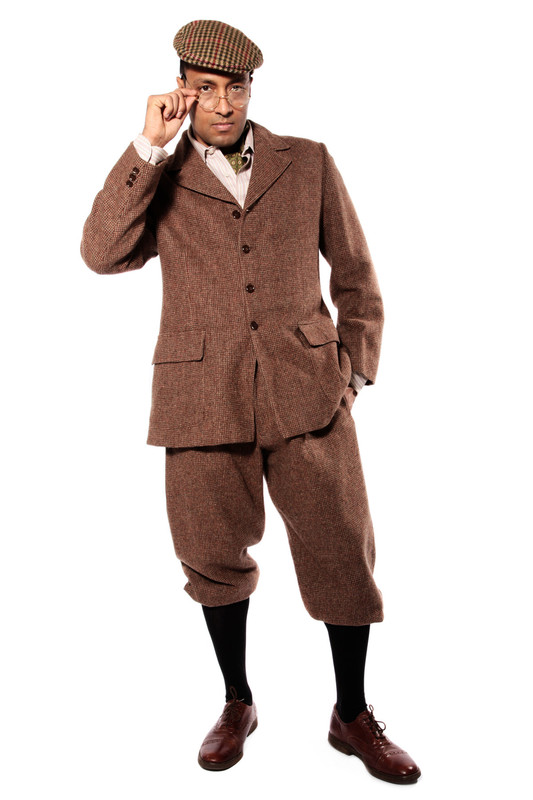
The country jacket was a versatile staple in a well-organized wardrobe. Its colors were inspired by the terrain, with earthy browns, deep greens, and maritime navy blues. The jackets were tailored with thoughtful details such as leather buttons and slanted pockets, and they frequently included tweed fabric, a tribute to their outdoor origins.
These coats were not limited to rural activities such as hunting and fishing. Their inherent elegance enabled them to seamlessly transition into more sophisticated settings, particularly when paired with immaculate pants and a perfectly collared shirt.
Related Post : Style Guide: How to Dress Like Idris Elba
Pants
Men dressed casually in knickerbockers (or plus fours), trousers that cut off below the knee, and a large cuff fastened with suspenders or an elastic waistband. They came in brown, navy blue, checkered, and wide stripes and were combined with high socks for added style.
As the decade ended, younger men preferred "oxford bags," slim-waisted trousers with large legs worn with sneakers or canvas shoes, indicating a youthful shift in casual dress.
White Pants
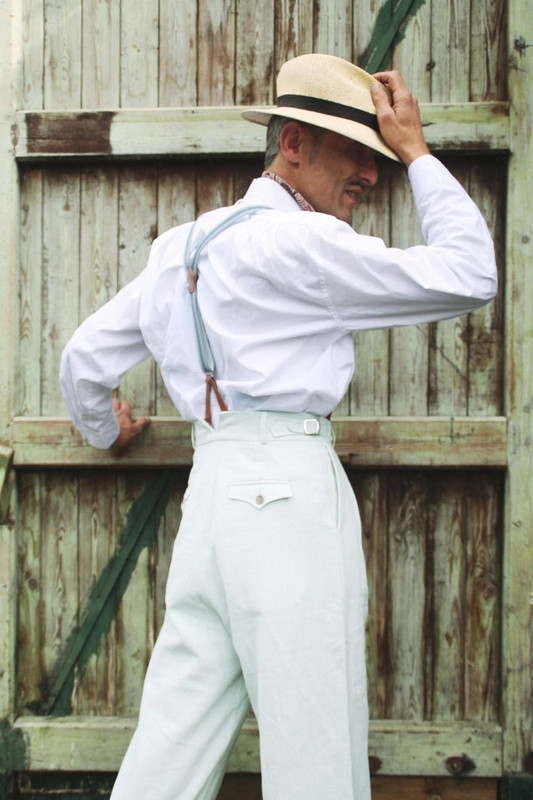
While playing golf, men from the 1920s pose for a photo. The males dress in current golf clothing, including white slacks, cardigan sweaters, knickerbockers, and flat caps.
By the mid-1920s, white pants had become a wardrobe staple for men of all classes and occupations, having previously been a pre-war symbol of summer elegance among the wealthy. These light-colored trousers, seen in both casual and formal situations, remained a fixture in the era's sartorial lexicon, lasting throughout the 1930s and 1940s, when fashion trends moved again.
Sleeves, cuffs, and armbands
A young man from the 1920s wears a white shirt with era-appropriate sleeve garters.
Sleeve cuffs and armbands, often known as sleeve garters, were the underappreciated heroes of 1920s men's fashion. Armbands, generally made of lush silk or opulent velvet, form a halo around the wrist, adding color and texture to clothing.
Sleeve cuffs, which are typically made of wool or cotton, were created for a roll-up function, giving off a casual sophistication. These pieces brought a subtle balance of formality and casual elegance to the men's wardrobe at the time.
Read More: The Ultimate Guide to Floral Shirts for Men 2023
Hats
Hats were an important fashion statement for men in the 1920s. The adaptable fedora, made of felt or straw, was the dominant style, alongside bowler hats and flat caps.
Top hats, homburgs, straw boaters, and Panamas were sartorial staples, typically decorated with feathers or ribbons for extra flare. Twenties hair was slicked back or parted to suit hats, creating a polished and expressive style that reflected the era's appreciation for fine attire.
Clothing Trends
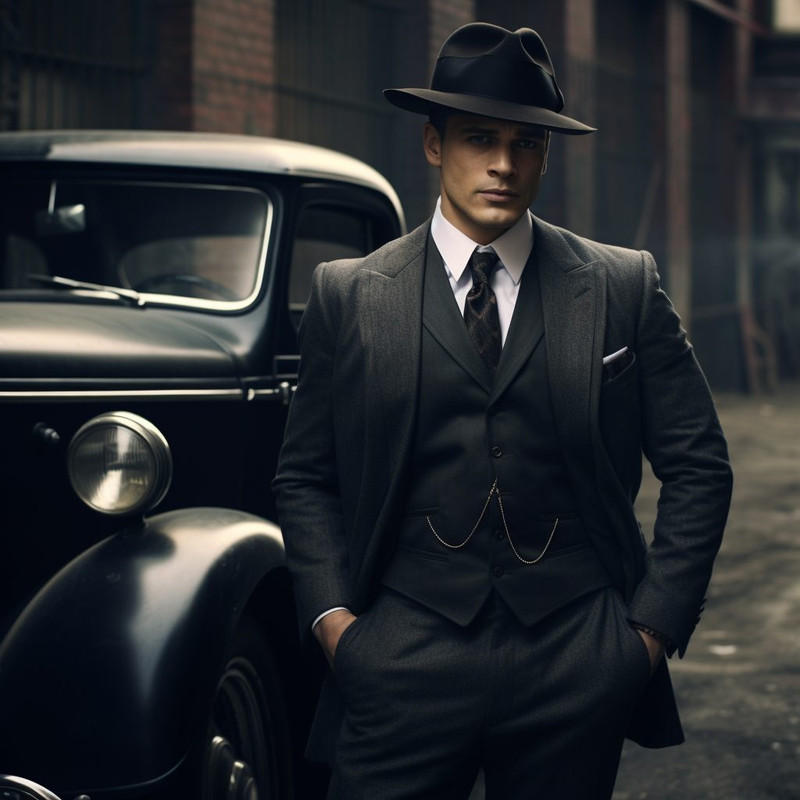
In the turbulent 1920s, fashion was a study in opposites. While women's clothing defied tradition by featuring sequins and hemlines, men's design remained more conservative.
Nonetheless, the Roaring Twenties did not leave men with sartorial stagnation. Distinct trends emerged, deviating from the typical blueprint to leave an indelible impression on the decade.
Detachable shirt collars
Men's shirts had removable collars, which allowed for simple style adjustments to suit any occasion. Crisp white collars were perfect for formal events, while colorful, diagonally striped fabrics were appropriate for more relaxed occasions.
These collars required starching before wearing, indicating the era's preference for clean lines and perfect grooming.
The Legacy of 1920s Men’s Fashion
Icons such as Douglas Fairbanks and Steve Buscemi's Nucky Thompson from Boardwalk Empire have solidified the 1920s' effect on modern men's fashion—a blend of precise tailoring and elegance. This era's style goes beyond clothing; it is a sartorial philosophy that may be readily incorporated into contemporary fashion without totally embracing the 1920s look.
A vintage pocket square with a modern suit or a sleek fedora with casual clothing can provide a unique look. These options spark conversation and combine modern style with historical elegance, resulting in a timeless and personal fashion statement.
FAQ: 1920s Men's Fashion
In the 1920s, what did men wear?
Although suits were prevalent, the attire of many men was more casual, contingent upon their occupation and lifestyle. Workwear in practical fabrics, button-up shirts, overalls, or sturdy trousers were frequently worn by working-class males. Sportswear and casual attire were particularly popular among younger, fashion-conscious males, particularly for leisure activities.
How to dress for a 1920s party male?
Men of the era found a strong silhouette from form-fitting suit jackets, three-piece suits, and cuffed pants with creases. Sportswear made its appearance to incorporate sweaters, baggy pants, jumpers, and caps matched with an abundance of accessories to express themselves, so casual dress got even more informal.


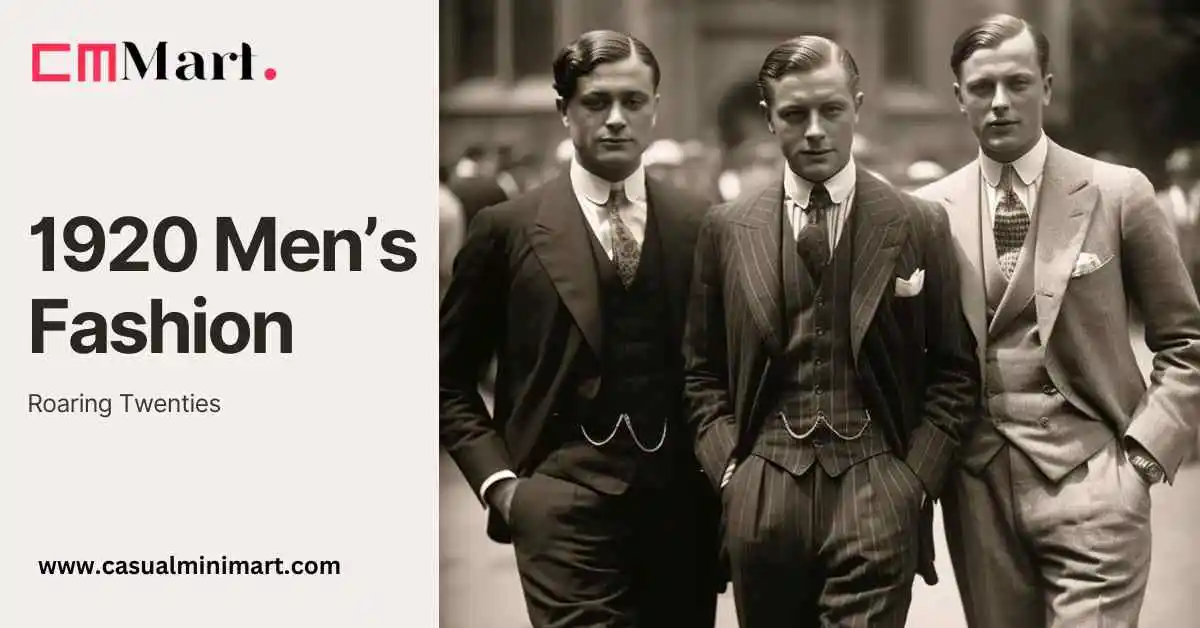
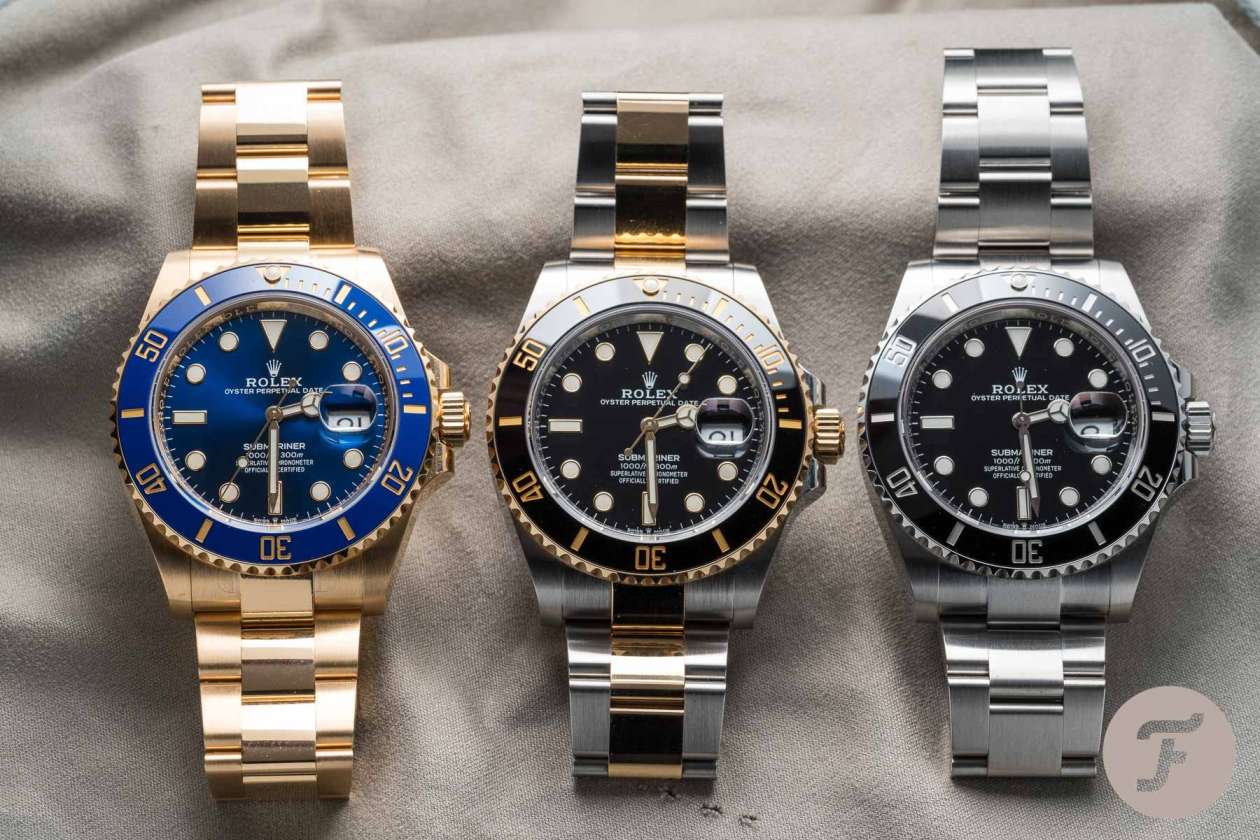
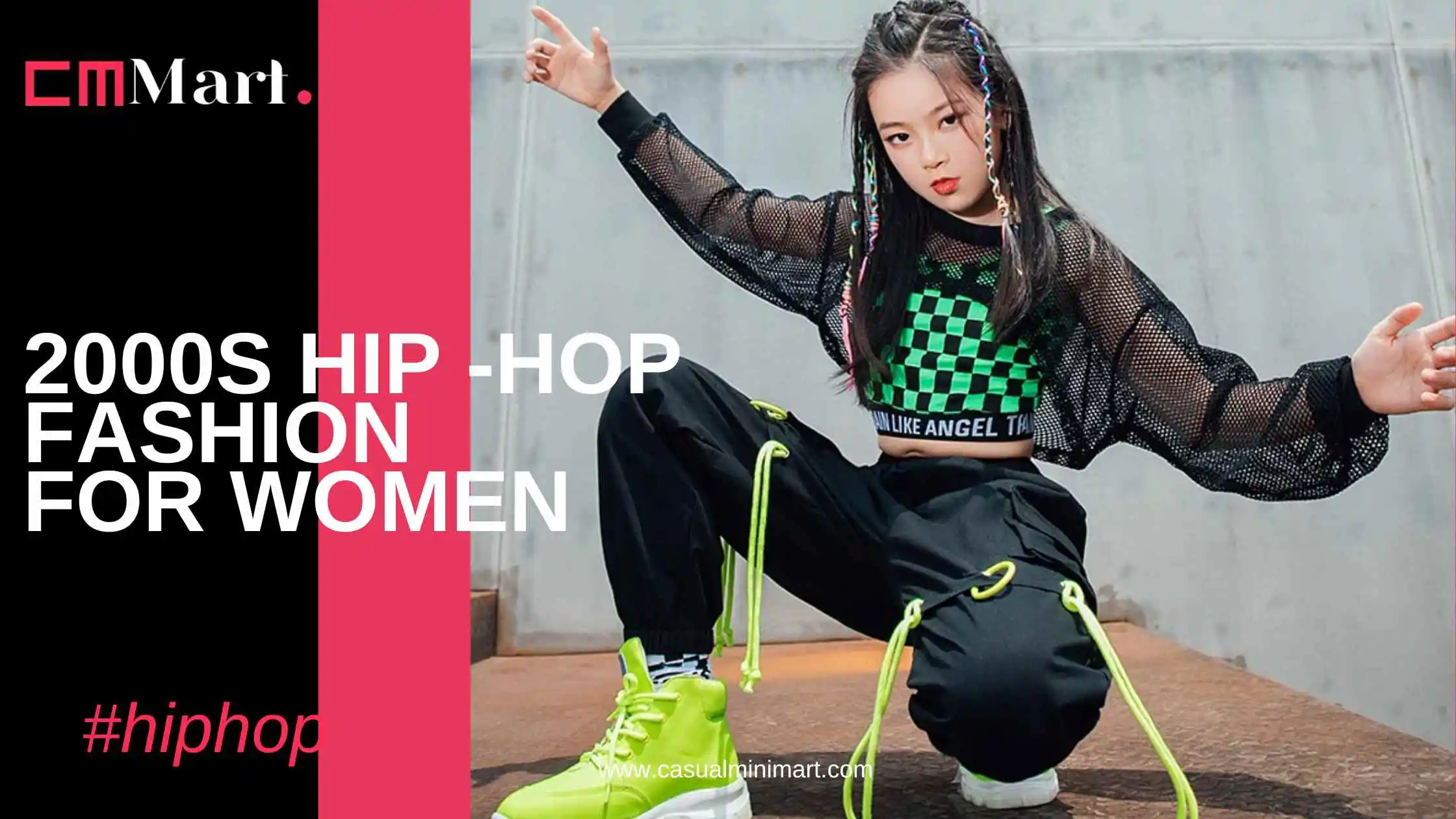
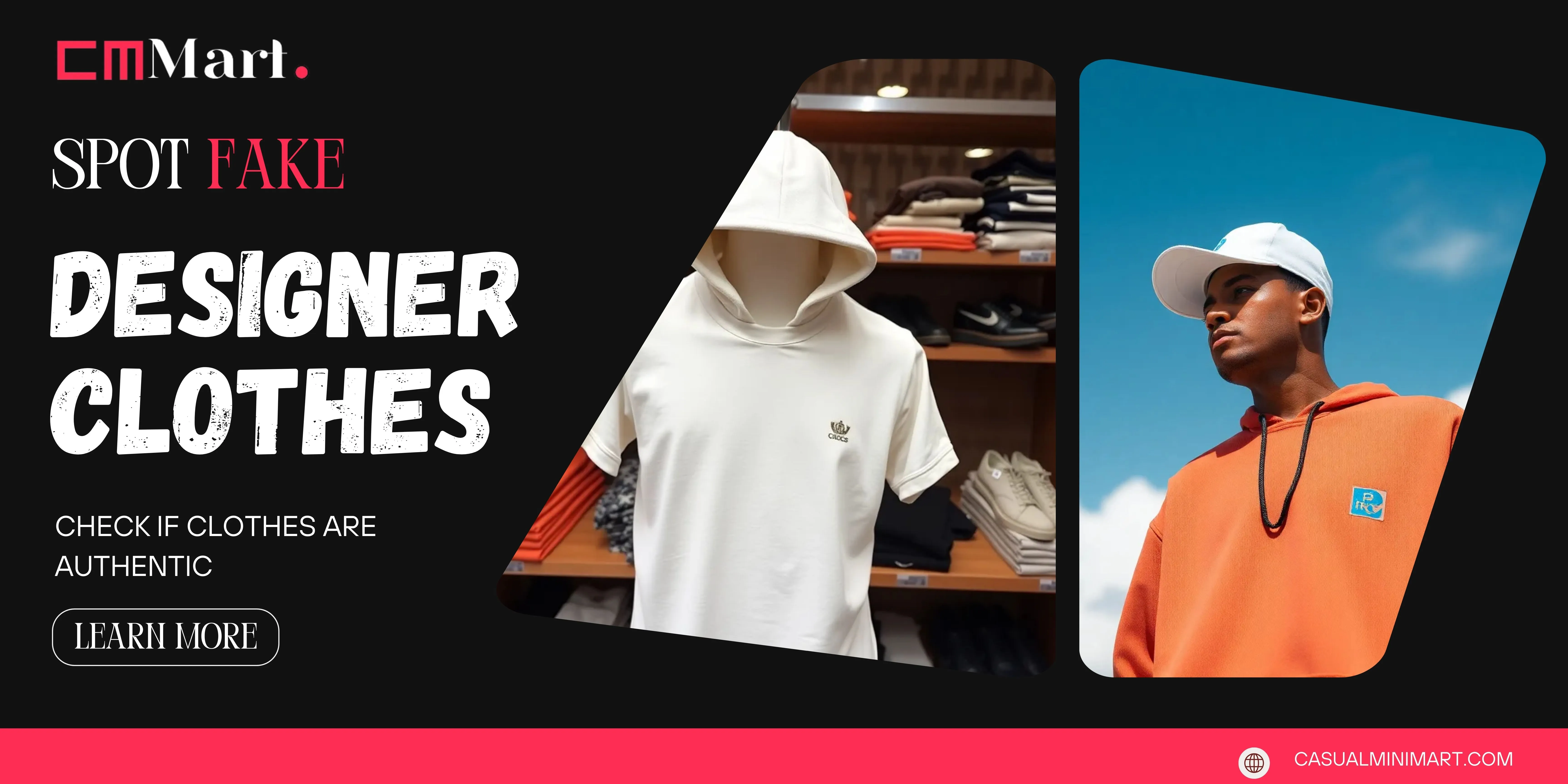
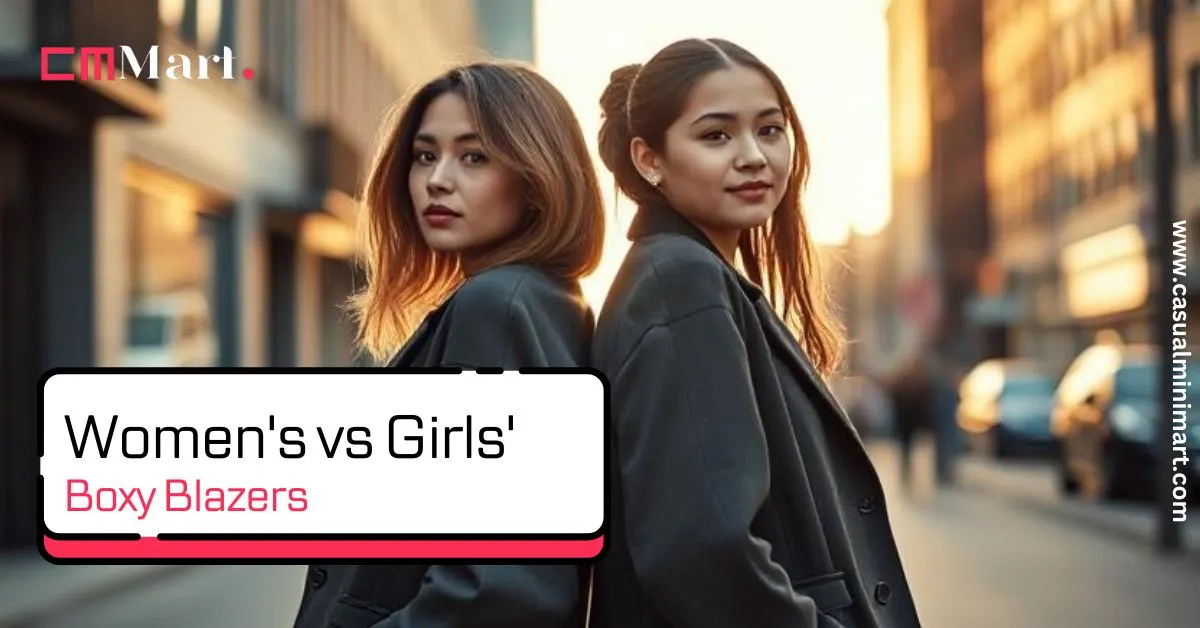
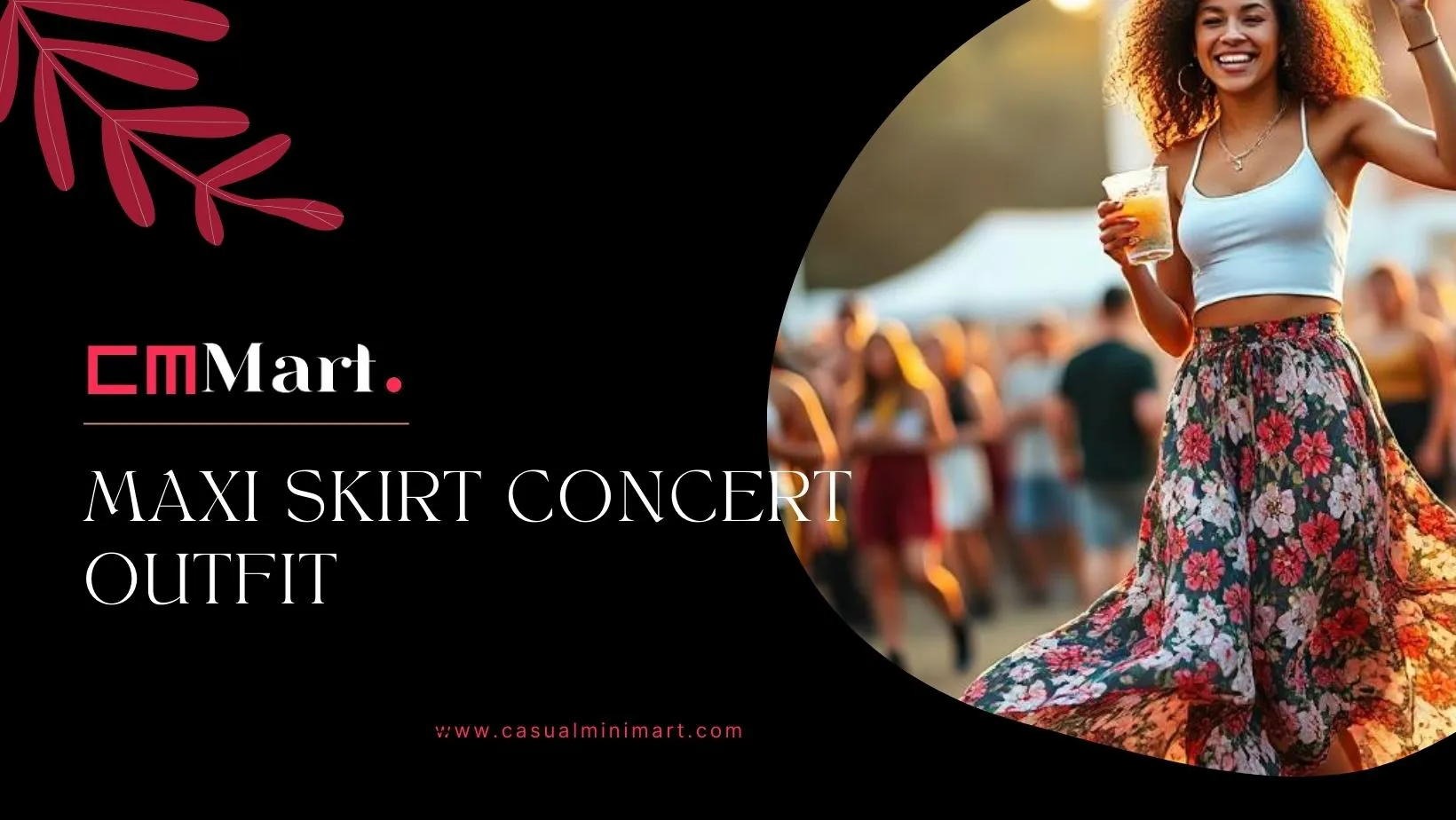
.webp)